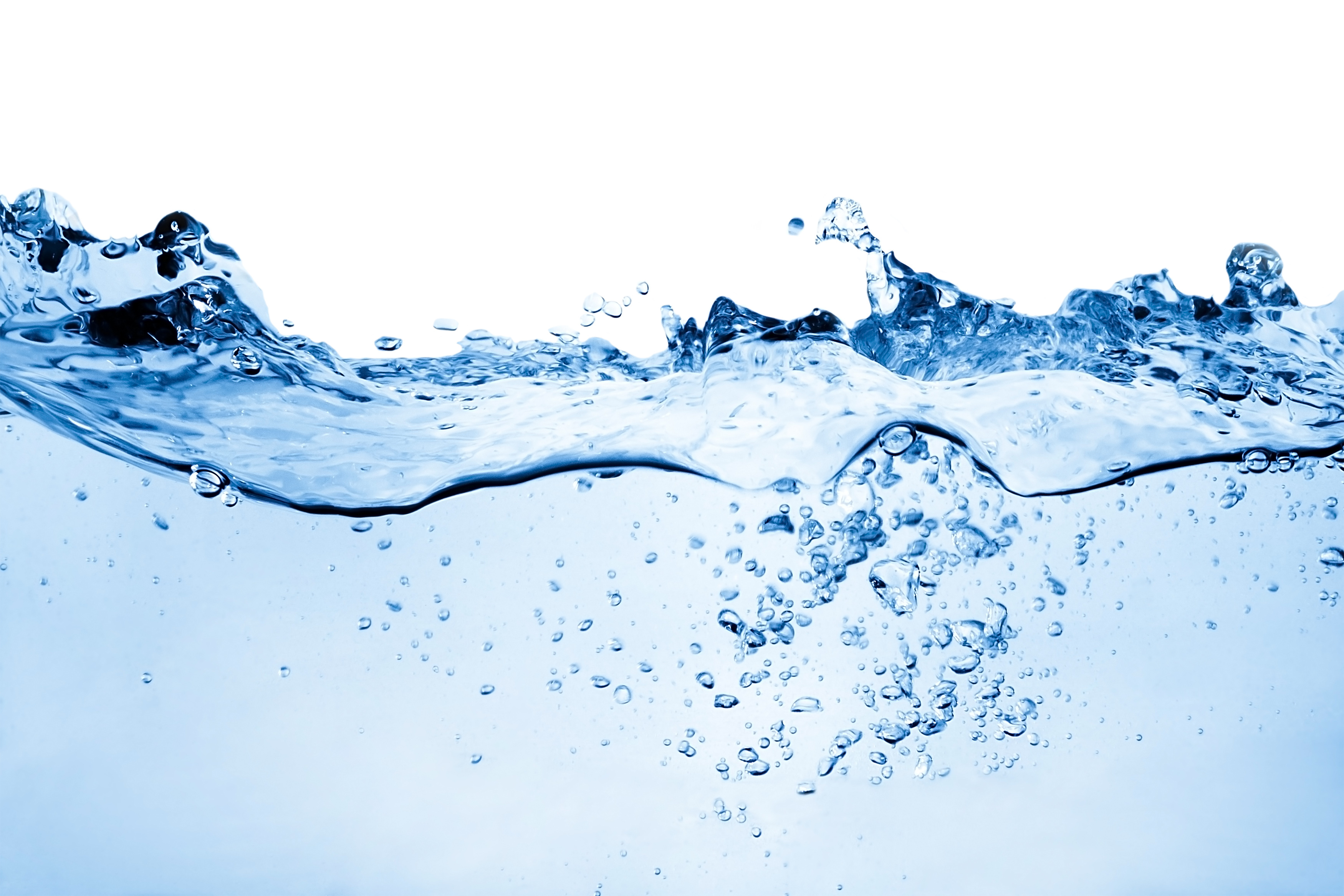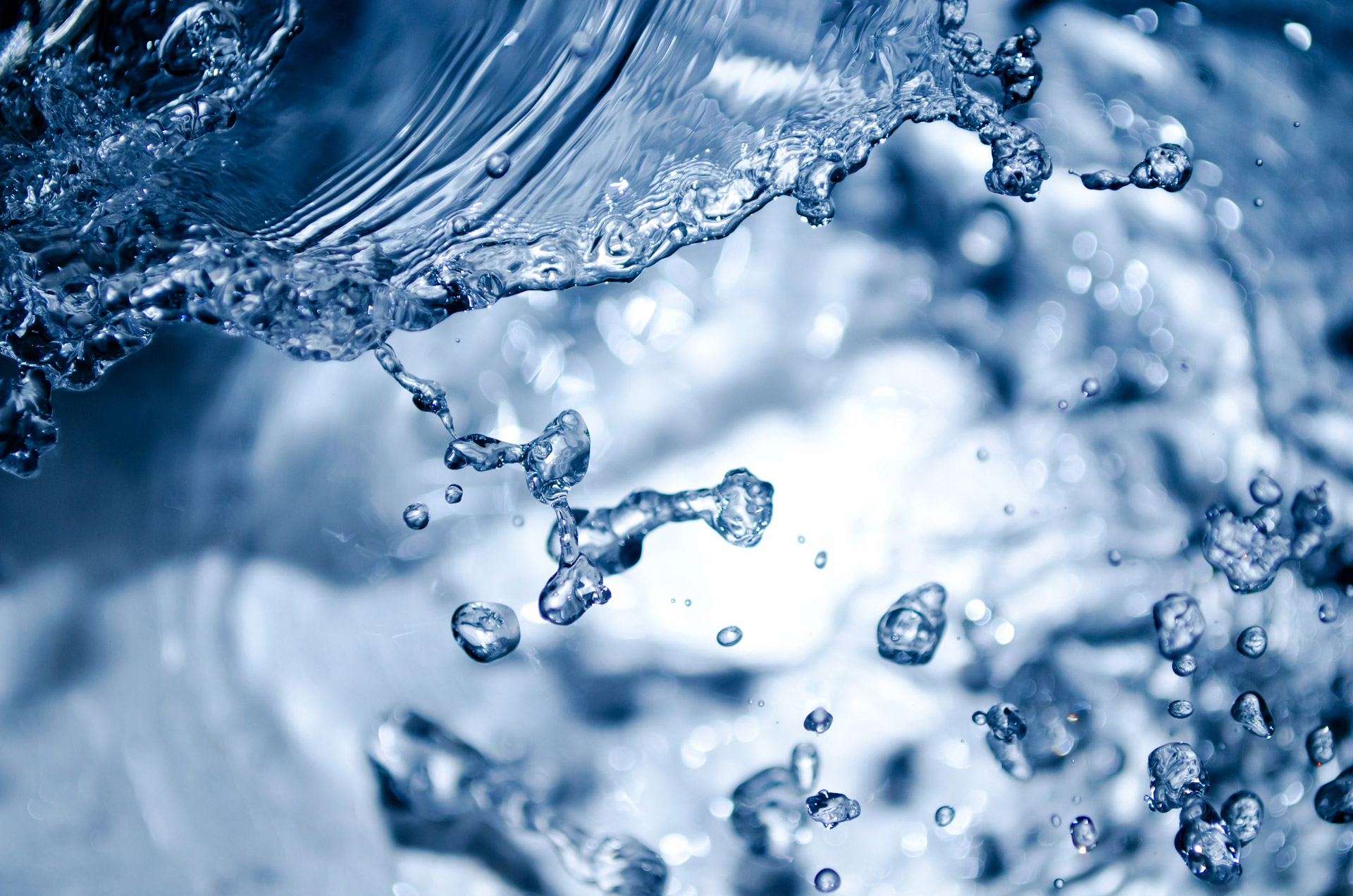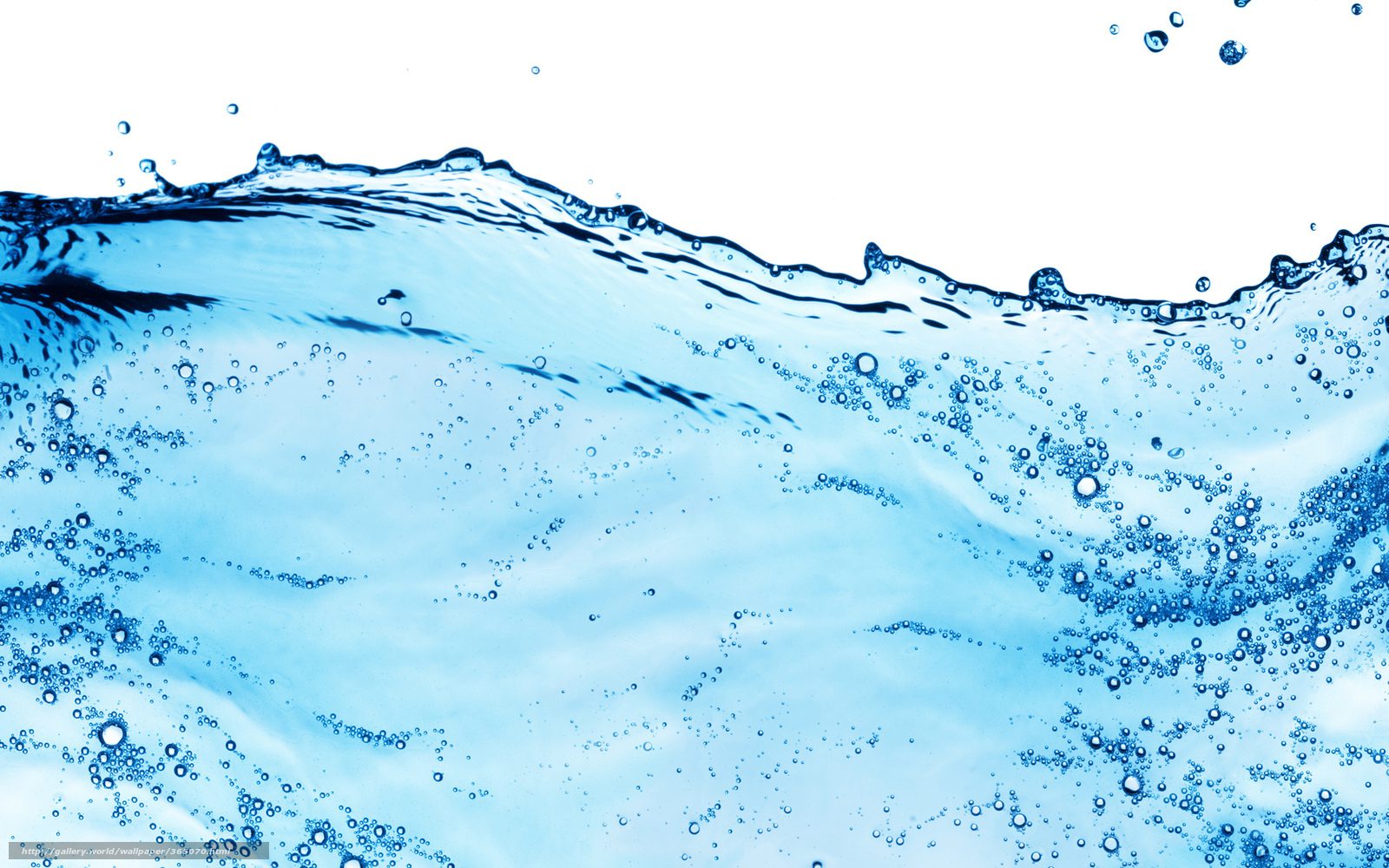Water Buffalo Swimming: More Than Just A Dip – A Vital Connection
The majestic water buffalo, often seen toiling in rice paddies or grazing peacefully, possesses a profound connection with water, one that extends far beyond mere hydration. Their penchant for water buffalo swimming isn't just a leisurely pastime; it's an essential aspect of their biology, their comfort, and their very survival. Witnessing these powerful creatures immerse themselves fully in rivers, ponds, or muddy wallows offers a glimpse into a world where water is not just a resource, but a fundamental element shaping life itself.
This deep-rooted relationship between the water buffalo and its aquatic environment serves as a powerful reminder of water's universal importance. From the smallest cyanobacteria to the largest blue whales, all living things need water to survive. Without it, life as we know it would not exist, and conversely, life exists wherever there is water. This article delves into the fascinating world of water buffalo and their aquatic habits, then broadens its scope to explore the critical role of water for all life, the challenges of water scarcity, and the global efforts to ensure water security for future generations.
Table of Contents
- The Aquatic Life of Water Buffalo
- Water: The Essence of Life for All Creatures
- Water Scarcity: A Looming Threat
- Innovating for Water Security
- World Water Day: A Call to Action
- Protecting Water for Future Generations and Wildlife
- Managing Your Water Footprint
- The Enduring Bond: Water, Wildlife, and Humanity
The Aquatic Life of Water Buffalo
Water buffalo, scientifically known as *Bubalus bubalis*, are semi-aquatic bovines perfectly adapted to wetland environments. Their very name hints at their strong affinity for water. Unlike their bovine cousins, the domestic cattle, water buffalo possess a unique set of physiological adaptations that make water an indispensable part of their daily routine. Their dark, sparse coat and limited sweat glands make them highly susceptible to overheating, especially in tropical and subtropical climates where they predominantly reside. This physiological limitation drives their innate need for water buffalo swimming and wallowing. When temperatures soar, a quick dip in a river, pond, or even a muddy puddle becomes a vital cooling mechanism. The water helps dissipate body heat, bringing their core temperature down to a comfortable level. Beyond thermoregulation, wallowing in mud offers another crucial benefit: protection from insects. The thick layer of mud that dries on their skin acts as a natural barrier against biting flies, mosquitoes, and other parasites that can transmit diseases or cause irritation. This simple act of water buffalo swimming and mud-bathing is a testament to their evolutionary success in challenging environments. Furthermore, water buffalo are excellent swimmers. Their powerful legs and broad hooves, designed for navigating muddy terrain, also propel them effortlessly through water. They can submerge themselves almost completely, with only their nostrils and eyes visible above the surface, allowing them to graze on aquatic vegetation or simply escape the relentless sun. This behavior is not merely a luxury; it's a fundamental aspect of their welfare, productivity, and natural behavior, particularly for those used in agriculture where long hours under the sun are common. The ability to engage in water buffalo swimming is paramount for their health and well-being, highlighting the critical importance of maintaining healthy aquatic ecosystems in areas where these animals thrive.Water: The Essence of Life for All Creatures
The water buffalo's reliance on water is a microcosm of a universal truth: water is the cornerstone of all life on Earth. It is not just a beverage; it is the medium in which all biochemical reactions occur, the solvent that transports nutrients, and the regulator of temperature for living organisms. All living things, from tiny cyanobacteria to giant blue whales, need water to survive. Without water, life as we know it would not exist, and life exists wherever there is water. This profound statement underscores why preserving water resources is not just an environmental concern but a fundamental necessity for the continuation of biodiversity and human civilization.The Chemical Marvel: H2O
At its core, water is an inorganic compound with the chemical formula H₂O. It is a transparent, tasteless, odorless, and nearly colorless chemical substance. This seemingly simple molecule, composed of two hydrogen atoms bonded to a single oxygen atom through covalent bonds, stands as a paramount covalent compound within the realm of chemistry. Its unique properties – high specific heat capacity, excellent solvent capabilities, and its ability to exist in solid, liquid, and gaseous states within Earth's temperature range – make it uniquely suited to support life. It is the main constituent of Earth's hydrosphere and the fluids of all known living organisms, playing a vital role in photosynthesis, respiration, and countless other biological processes. The very structure of H₂O allows for hydrogen bonding, which gives water its extraordinary cohesive and adhesive properties, enabling it to move through plant vascular systems or flow as rivers, ultimately sustaining ecosystems where water buffalo swimming is a natural sight.Where Earth's Water Resides
The distribution of water on our planet is fascinating yet uneven. The water on the surface of Earth is found mainly in its oceans (97.25 percent) and polar ice caps and glaciers (2.05 percent), with the balance in freshwater lakes, rivers, and groundwater. While the sheer volume of water on Earth is immense, the amount readily available as freshwater for consumption, agriculture, and supporting terrestrial ecosystems (including those where water buffalo thrive) is surprisingly small. This limited supply of accessible freshwater makes its management and conservation critically important, especially as global populations grow and demand intensifies. The availability of clean, fresh water directly impacts not only human communities but also the habitats of animals like the water buffalo, whose very existence is tied to accessible water bodies.Water Scarcity: A Looming Threat
Despite water's abundance on a planetary scale, water scarcity, pollution, and extreme weather events driven by climate change, population growth, and industrial demand are pushing global water systems to critical levels. This isn't just a distant problem; it's a pressing reality affecting billions of people and countless businesses each year. Access to freshwater is changing rapidly, leading to water stress in many regions, which in turn impacts agriculture, industry, and the natural world. The implications of water scarcity are far-reaching, leading to food insecurity, economic instability, and even conflict. For animals like the water buffalo, whose survival depends on consistent access to water for drinking, cooling, and foraging, water scarcity poses an existential threat, disrupting their natural habitats and behaviors like water buffalo swimming.Local Impacts and Global Concerns
The impact of water scarcity is felt at both local and global scales. For instance, the cities of Santa Maria and Solvang have asked residents and businesses to conserve water due to an emergency state water project pipeline shutdown, highlighting how even developed regions can face sudden water supply challenges. This local example reflects a broader global trend where droughts and floods are becoming more frequent and intense, disrupting water cycles and making reliable water access increasingly precarious. Climate change exacerbates these issues, altering precipitation patterns, melting glaciers, and increasing the frequency of extreme weather events. The interconnectedness of global water systems means that a crisis in one region can have ripple effects worldwide, affecting food prices, migration patterns, and the health of ecosystems. The need for proactive water management and conservation has never been more urgent.Innovating for Water Security
Recognizing the escalating global water crisis, there's a concerted effort to demystify the water technology landscape and elevate the most scalable solutions in this space. Initiatives like Uplink's Zero Water Waste Challenge exemplify this drive, bringing together innovators to develop technologies that minimize water consumption and maximize reuse. Digital twin technology, for example, is proving to be a game-changer. The success of the Lushan Water Supply Company exemplifies how digital twin technology can enhance efficiency on a local scale, allowing for real-time monitoring, predictive maintenance, and optimized distribution of water resources. Yet, with urbanization rates skyrocketing, the demand for innovative solutions continues to grow exponentially. These technological advancements are crucial not only for human consumption but also for ensuring that natural habitats, where behaviors like water buffalo swimming are vital, remain viable and well-supplied. Investing heavily to ensure water security now and in the future is a global imperative, with economies worldwide dedicating significant resources to this challenge.World Water Day: A Call to Action
The urgency of the global water crisis is underscored by events like World Water Day, held on 22 March every year to raise awareness of the importance of freshwater and the challenges billions face in getting access to safe water. This global observance has been held since 1993 to highlight the work that remains to ensure everyone on Earth has access to clean drinking water. It serves as a powerful reminder that while water is a fundamental human right, it is far from a universal reality. World Water Day encourages individuals, communities, and governments to take action, whether through conservation efforts, supporting water infrastructure projects, or advocating for policy changes. It emphasizes that global water security is at increasing risk due to climate change and other environmental factors, making collective action more important than ever. The health of our planet's aquatic ecosystems, which are essential for animals like the water buffalo, directly correlates with our commitment to achieving water security for all.Protecting Water for Future Generations and Wildlife
The narrative of water buffalo swimming, while seemingly simple, connects us to the larger story of water's indispensable role in sustaining all life. Protecting our water resources means safeguarding not just human health and economies, but also the delicate balance of ecosystems and the survival of countless species. This includes ensuring that water bodies are clean and accessible for wildlife, allowing them to engage in natural behaviors like the essential water buffalo swimming for thermoregulation and pest control. Conservation efforts must focus on reducing pollution, managing water demand sustainably, and restoring degraded aquatic habitats. By doing so, we ensure that future generations will have access to the same vital resource that has sustained life on Earth for billions of years, and that iconic creatures like the water buffalo can continue their timeless aquatic dance. It is a shared responsibility to manage this precious resource wisely, recognizing that every drop counts, not just for us, but for every living organism.Managing Your Water Footprint
While global challenges seem immense, individual and local actions contribute significantly to the broader solution. Understanding and managing your personal and community water footprint is a crucial step. For residents and businesses, conveniently managing your bills with online utility billing services is a simple yet effective way to stay informed about your consumption. You can pay your water, sewer, and waste removal bills from anywhere at any time, using your smartphone or other devices. To start city utility service, you might visit the city of Santa Maria finance department at 206 East Cook Street between the hours of 8:00 a.m. and 5:00 p.m., or access online payment services for various city of Santa Maria utilities, fees, and bills conveniently through their portal. Furthermore, enrolling in Golden State Water’s electronic funds transfer or automatic payment system can simplify the process, with Golden State Water automatically deducting the total amount due each billing period. These seemingly small acts of efficient water management at the local level collectively contribute to global water security, ensuring there's enough water for everyone, including the natural world where water buffalo swimming is a daily necessity.The Enduring Bond: Water, Wildlife, and Humanity
The sight of a water buffalo swimming is a powerful symbol of nature's intricate design and the universal dependence on water. It reminds us that our fate is inextricably linked to the health of our planet's water systems. Global water security is at increasing risk, making it imperative that we act collectively and individually to conserve, protect, and manage this precious resource. From understanding water's chemical composition to addressing the complexities of water scarcity and embracing innovative solutions, our journey toward water sustainability is ongoing. By cherishing and safeguarding water, we not only ensure our own survival but also protect the rich tapestry of life on Earth, allowing future generations to witness the enduring beauty of water buffalo swimming in their natural habitats, a testament to a healthy and vibrant planet.What are your thoughts on the importance of water conservation in your community? Share your insights and experiences in the comments below! If you found this article insightful, please consider sharing it with others who might benefit from understanding the profound connection between water, wildlife, and humanity. Explore more of our articles on environmental conservation and sustainable living to deepen your knowledge.

Safe Drinking Water – Oregon Environmental Council

Water Free Stock Photo - Public Domain Pictures

Why Safe, Pure Water is Important to Your Health - Charger Water